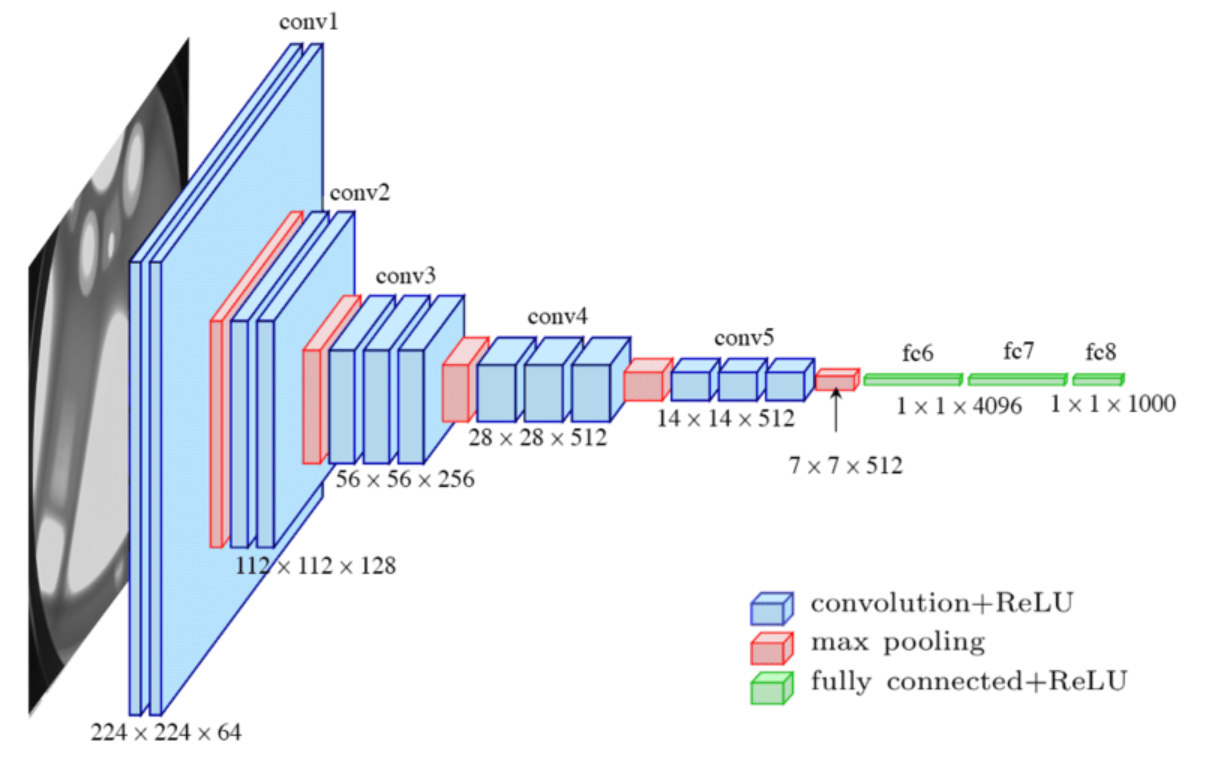Understanding MobileNets: A Blog on Efficient Convolutional Neural Network Architecture

In the field of computer vision, convolutional neural networks (CNNs) play a vital role in various applications. However, many CNN architectures can be computationally expensive, making it challenging to deploy them on low-power devices like mobile phones. To address this issue, researchers have developed a specialized CNN architecture called MobileNets, which offers high performance even in low compute environments.
MobileNets are designed to optimize the computational efficiency of CNNs, making them suitable for deployment on devices with limited processing power. In this blog post, we will explore the concept of MobileNets and delve into the depthwise separable convolution, a fundamental building block of this architecture.
The Need for Efficient Neural Network Architectures
Before diving into MobileNets, it’s crucial to understand why we need alternative neural network architectures. Traditional CNNs can require substantial computational resources, making them impractical for deployment on devices with less powerful CPUs or GPUs. MobileNets address this challenge by providing a more efficient solution.
Exploring Normal Convolution
To grasp the benefits of MobileNets, let’s first revisit the concept of normal convolution. In a normal convolution, an input image is convolved with a filter to produce an output. This process involves a significant number of multiplications and additions, making it computationally intensive. The computational cost is determined by the size of the filter, the number of filter positions, and the number of filters.
Introduction to Depthwise Separable Convolution
MobileNets introduce the concept of depthwise separable convolution, which consists of two steps: depthwise convolution and pointwise convolution. This approach significantly reduces the computational complexity while preserving accuracy.
Depthwise Convolution
The depthwise convolution is the first step in the depthwise separable convolution. It operates on each input channel individually using a specific filter for each channel. The filter is convolved with the corresponding channel, producing intermediate outputs. The computational cost of the depthwise convolution is determined by the size of the filter, the number of filter positions, and the number of input channels.
Pointwise Convolution
Following the depthwise convolution, the pointwise convolution is applied. It involves using a 1x1 filter to combine the intermediate outputs obtained from the depthwise convolution. This step allows for the transformation of the intermediate outputs into the desired output dimensions. The computational cost of the pointwise convolution is determined by the number of filters and the size of the intermediate outputs.
Efficiency of Depthwise Separable Convolution
By employing the depthwise separable convolution, MobileNets achieve a significant reduction in computational cost compared to normal convolutions. The computational cost of the depthwise separable convolution is approximately one over the sum of the number of output channels and the square of the filter size. In practice, this translates to a substantial reduction in computational complexity, making MobileNets highly efficient.
Building MobileNets
MobileNets utilize the depthwise separable convolution as a building block to construct the entire network architecture. By leveraging this efficient convolutional operation, MobileNets can achieve high performance with lower computational requirements. The specific details of constructing MobileNets go beyond the scope of this blog post, but understanding the depthwise separable convolution is crucial for comprehending the overall architecture.
Conclusion
MobileNets provide an effective solution for deploying CNNs on resource-constrained devices. The depthwise separable convolution, the core component of MobileNets, significantly reduces the computational complexity while maintaining accuracy. By incorporating this efficient convolutional operation, MobileNets enable the development and deployment of powerful computer vision models even in low compute environments.